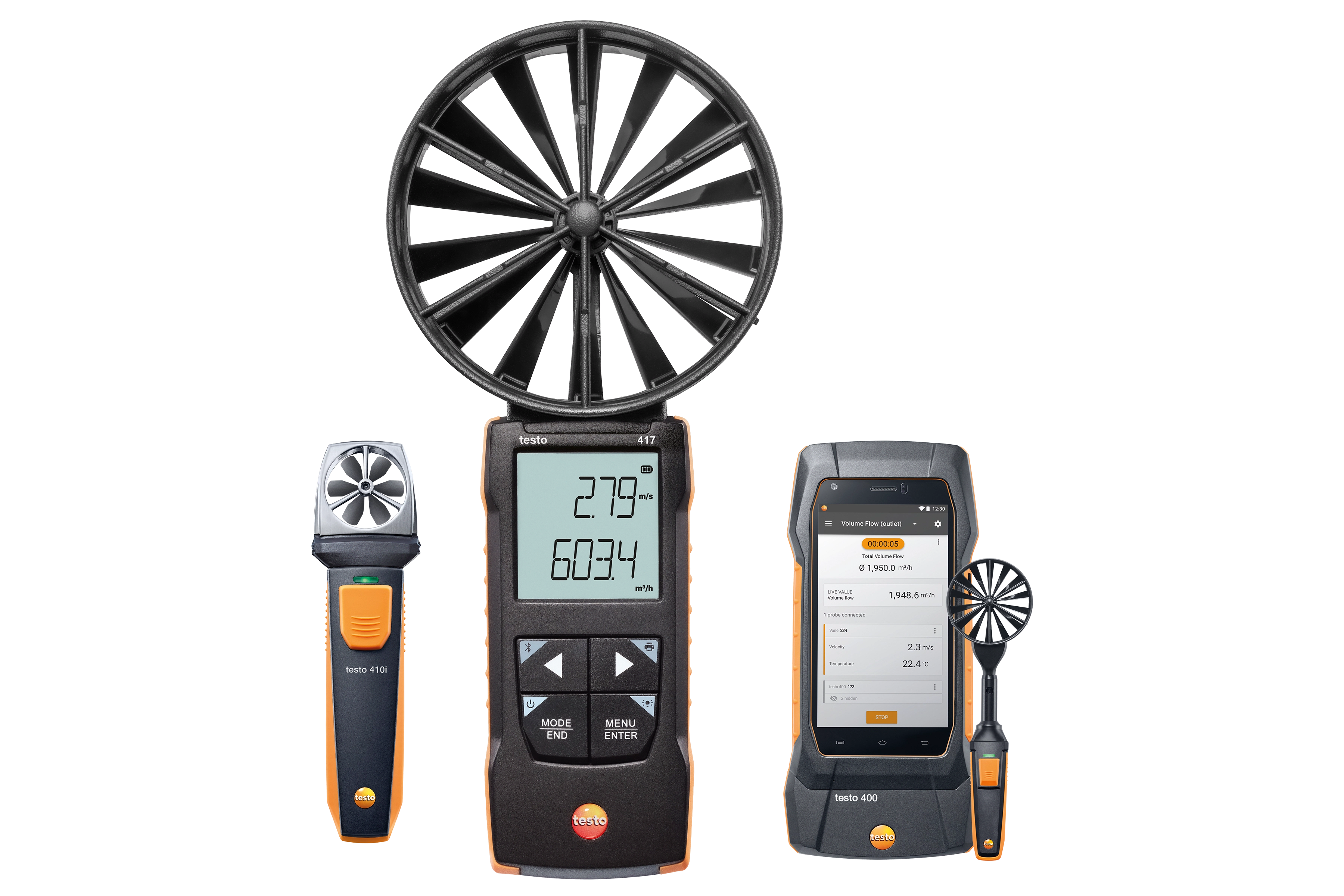Comparing Digital and Mechanical Anemometers: Which is Right for You?
Comparing Digital and Mechanical Anemometers: Which is Right for You?
Blog Article
Discovering the Features and Advantages of Anemometers for Climate Fanatics and Specialists
From mug anemometers to sonic anemometers, each type brings its unique collection of applications and benefits, dropping light on various facets of atmospheric conditions. As we dive into the features and benefits of anemometers, a much deeper understanding emerges not just of dominating weather sensations but additionally of the wider implications for fields like wind energy manufacturing and environmental research.
Significance of Anemometers in Climate Tracking
Anemometers play a crucial role in weather surveillance by providing accurate measurements of wind speed, helping in projecting and understanding climate patterns. These tools, varying from traditional cup anemometers to modern ultrasonic anemometers, are vital for meteorologists, scientists, and weather condition fanatics alike.

Kinds Of Anemometers and Their Applications
With the crucial role anemometers play in weather surveillance and projecting, comprehending the different kinds of these instruments and their applications becomes important for professionals and fanatics in the area. The most common kinds of anemometers include cup anemometers, vane anemometers, hot-wire anemometers, and ultrasonic anemometers. Mug anemometers contain three or 4 cups mounted on straight arms that turn with the wind, measuring its rate. Vane anemometers, on the various other hand, use an openly turning vane to align with the wind instructions, supplying both wind speed and instructions measurements. Hot-wire anemometers run based upon the principle of convective warmth transfer, where the cooling impact of the air circulation is determined to identify wind rate. Ultrasonic anemometers utilize ultrasonic acoustic wave to compute wind speed and instructions precisely.
Mug anemometers are durable and suitable for general weather condition surveillance, while vane anemometers are preferred for directional measurements. Ultrasonic anemometers are non-intrusive and supply high precision, typically utilized in study and specialized climate monitoring applications.
Advantages of Utilizing Anemometers in Forecasting
In meteorology, the utilization of anemometers supplies vital benefits for improving the accuracy of weather condition forecasting. Anemometers measure wind rate and instructions, supplying vital information for anticipating weather patterns. By incorporating wind information right into forecasting models, meteorologists can better recognize the motion of weather condition systems, anticipate adjustments in climatic conditions, and issue more specific projections.
Furthermore, anemometers play a vital duty in examining prospective weather threats. Keeping an eye on wind speeds helps forecasters forecast serious weather occasions such as typhoons, hurricanes, and winter months storms with better precision. This early caution system allows authorities to issue prompt alerts and apply needed precaution, minimizing the risks to life and property.
In addition, anemometers help in enhancing renewable power manufacturing. By examining wind patterns, meteorologists can recognize suitable places for wind farms and forecast energy outcome, adding to the effective generation of wind power.

Anemometers in Wind Power Manufacturing
Given the important duty anemometers play in providing precise wind data for climate projecting and hazard assessment, their importance includes the world of wind power manufacturing. Anemometers are important instruments in the field of wind energy, where the measurement of wind rate and instructions is vital for identifying the expediency and effectiveness of wind generator setups. By precisely gauging wind rates at differing elevations, anemometers assist maximize the positioning and style of wind generators to maximize energy output.
In wind ranches, anemometers are purposefully positioned to accumulate real-time wind information that is made use of to analyze the possible power manufacturing of a website. This data is important in identifying the financial feasibility of wind energy click here for more info tasks and in projecting power generation to guarantee grid stability. Additionally, anemometers help in checking wind problems to enhance turbine this post performance, protect against damages from high winds, and make sure the security of personnel operating in the location of wind turbines.
Enhancing Weather Recognizing With Anemometers

Anemometers play a key role in enhancing our understanding of microclimates. These local climate condition can differ substantially from more comprehensive local forecasts, making it necessary to have precise data for particular areas. anemometer. By strategically positioning anemometers in different places, researchers can gather thorough details on exactly how wind behaves in various surfaces, metropolitan environments, or bodies of water
Additionally, anemometers contribute to boosting weather condition projecting designs by giving real-time information on wind habits. This information is specifically useful for anticipating severe climate events, optimizing farming techniques, and supporting industries like aeronautics and maritime navigation. Overall, anemometers are very useful tools that enable us to dive deeper right into the complexities of climate systems, eventually resulting in even more better-informed choices and precise forecasts.
Final Thought
In verdict, anemometers play an essential function in climate monitoring and forecasting by determining wind rate and instructions. Anemometers additionally have applications in wind power production, further highlighting their relevance in both weather forecasting and eco-friendly energy industries.
From cup anemometers to sonic anemometers, each kind brings its one-of-a-kind collection of applications and advantages, shedding light on various elements of atmospheric conditions. These instruments, varying from get redirected here standard mug anemometers to modern-day ultrasonic anemometers, are essential for meteorologists, researchers, and weather enthusiasts alike. The most common types of anemometers include cup anemometers, vane anemometers, hot-wire anemometers, and ultrasonic anemometers. Cup anemometers are ideal and durable for basic climate surveillance, while vane anemometers are preferred for directional dimensions. Anemometers are necessary tools in the area of wind power, where the dimension of wind rate and instructions is vital for establishing the usefulness and performance of wind generator setups.
Report this page